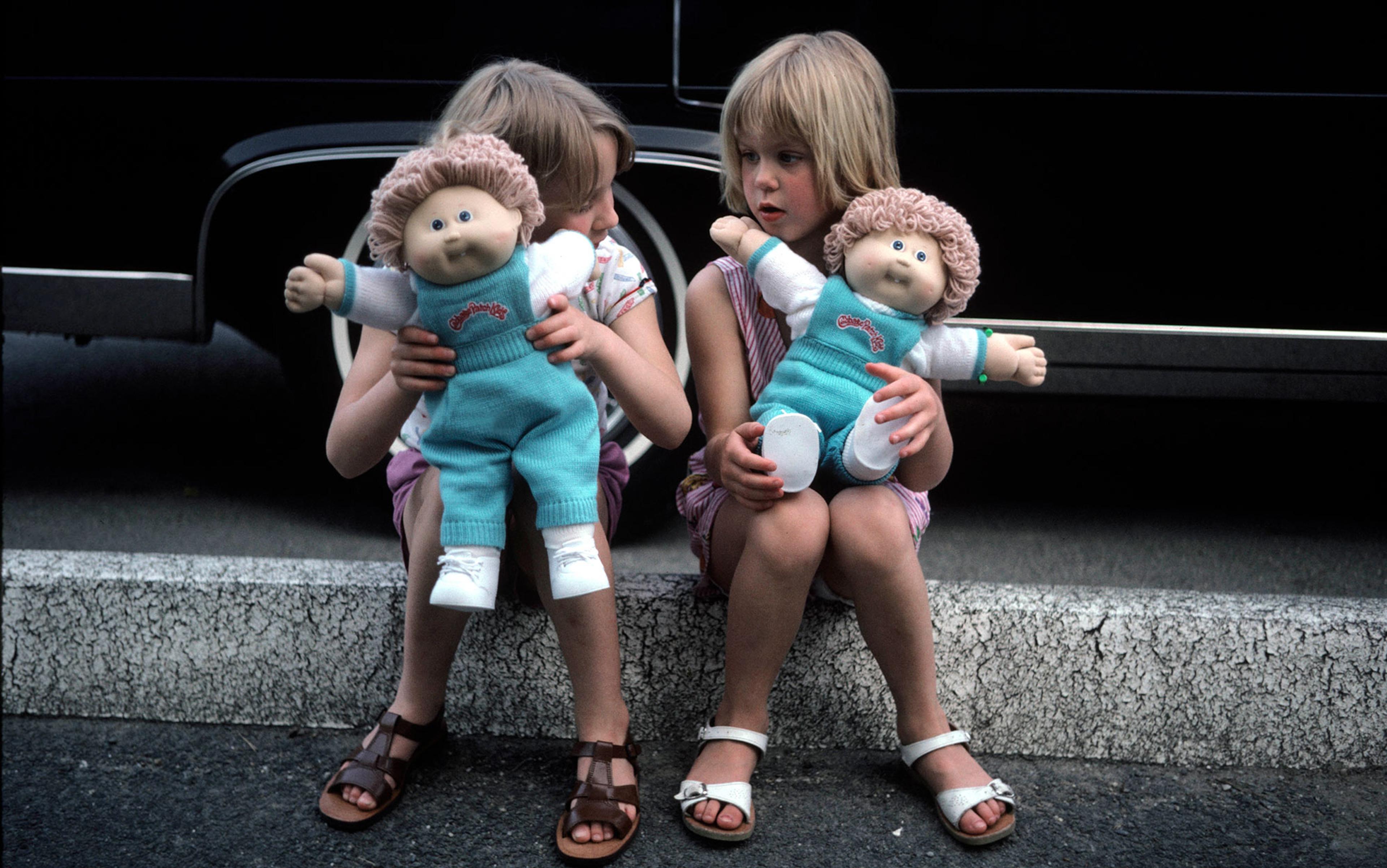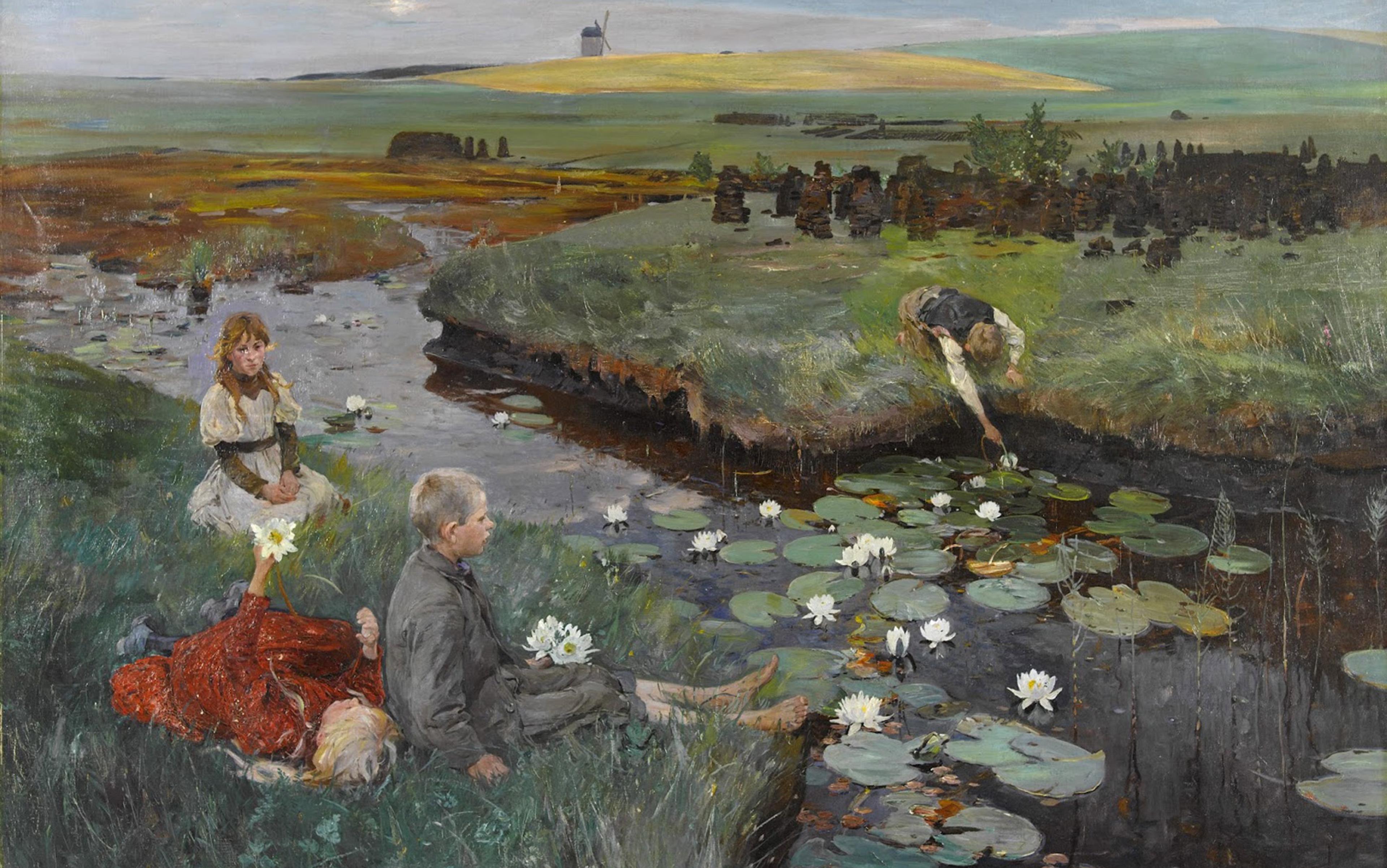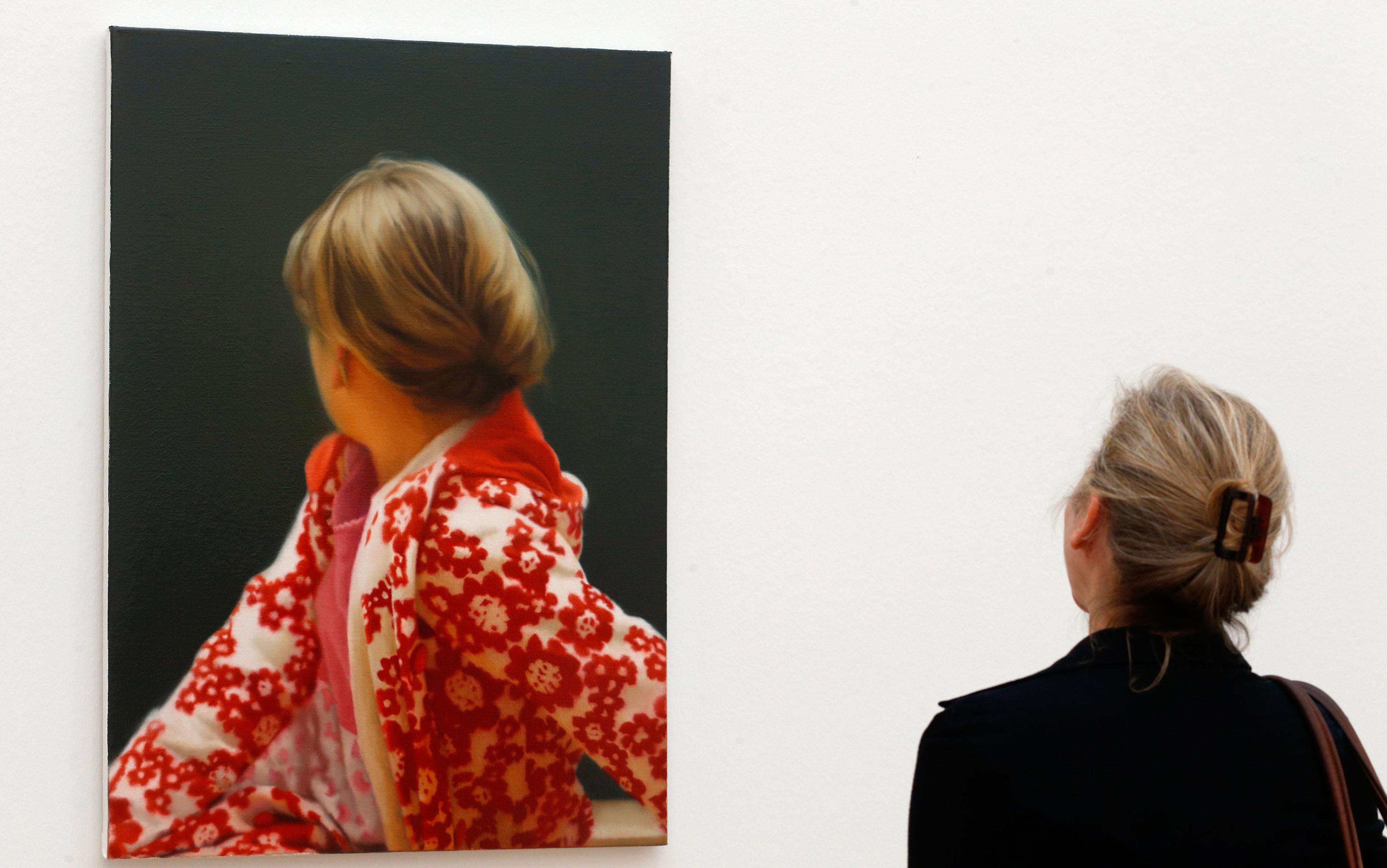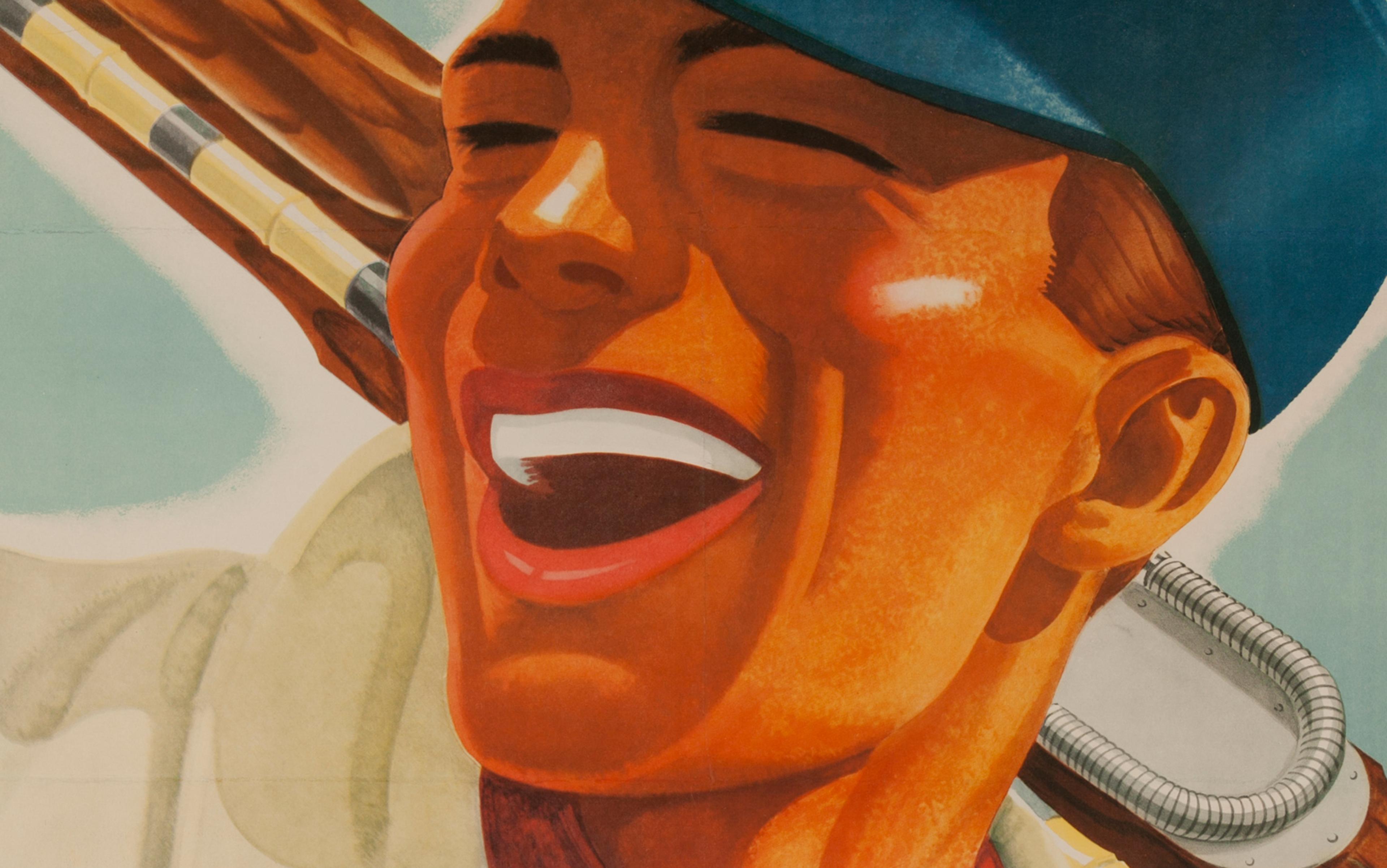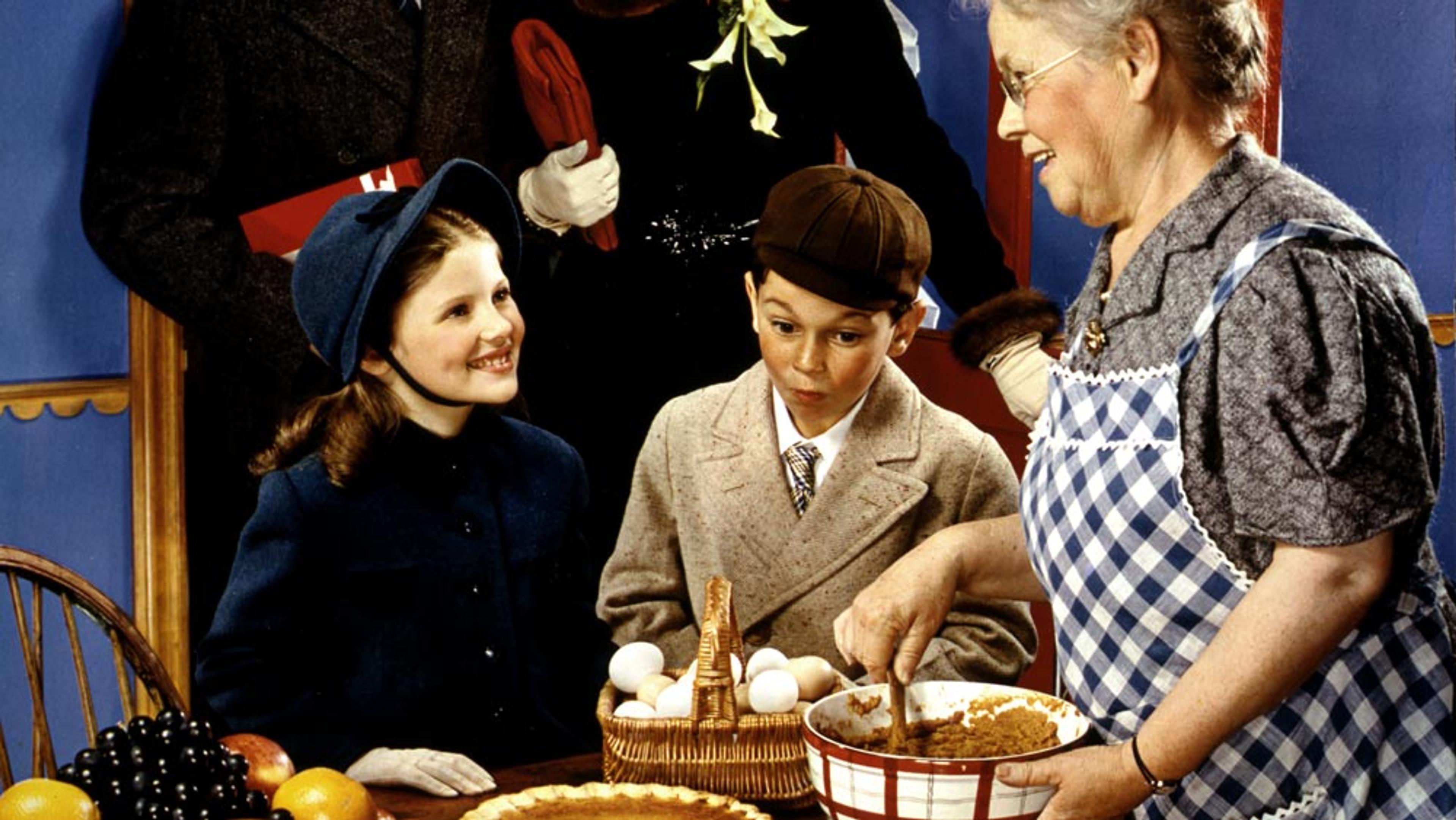He was still too young to know that the heart’s memory eliminates the bad and magnifies the good, and that thanks to this artifice we manage to endure the burden of the past. But when he stood at the railing of the ship and saw the white promontory of the colonial district again, the motionless buzzards on the roofs, the washing of the poor hung out to dry on the balconies, only then did he understand to what extent he had been an easy victim to the charitable deceptions of nostalgia.
– From Love in the Time of Cholera (1985) by Gabriel García Márquez
The other day I caught myself reminiscing about high school with a kind of sadness and longing that can only be described as nostalgia. I felt imbued with a sense of wanting to go back in time and re-experience my classroom, the gym, the long hallways. Such bouts of nostalgia are all too common, but this case was striking because there is something I know for sure: I hated high school. I used to have nightmares, right before graduation, about having to redo it all, and would wake up in sweat and agony. I would never, ever like to go back to high school. So why did I feel nostalgia about a period I wouldn’t like to relive? The answer, as it turns out, requires we rethink our traditional idea of nostalgia.
Coined by the Swiss physician Johannes Hofer in 1688, ‘nostalgia’ referred to a medical condition – homesickness – characterised by an incapacitating longing for one’s motherland. Hofer favoured the term because it combined two essential features of the illness: the desire to return home (nostos) and the pain (algos) of being unable to do so. Nostalgia’s symptomatology was imprecise – it included rumination, melancholia, insomnia, anxiety and lack of appetite – and was thought to affect primarily soldiers and sailors. Physicians also disagreed about its cause. Hofer thought that nostalgia was caused by nerve vibrations where traces of ideas of the motherland ‘still cling’, whereas others, noticing that it was found predominantly among Swiss soldiers fighting at lower altitudes, proposed instead that nostalgia was caused by changes in atmospheric pressure, or eardrum damage from the clanging of Swiss cowbells. Once nostalgia was identified among soldiers from various nationalities, the idea that it was geographically specific was abandoned.
By the early 20th century, nostalgia was considered a psychiatric rather than neurological illness – a variant of melancholia. Within the psychoanalytic tradition, the object of nostalgia – ie, what the nostalgic state is about – was dissociated from its cause. Nostalgia can manifest as a desire to return home, but – according to psychoanalysts – it is actually caused by the traumatic experience of being removed from one’s mother at birth. This account began to be questioned in the 1940s, with nostalgia once again linked to homesickness. ‘Home’ was now interpreted more broadly to include not only concrete places, such as a childhood town, but also abstract ones, such as past experiences or bygone moments. While disagreements lingered, by the second part of the 20th century, nostalgia began to be characterised as involving three components. The first was cognitive: nostalgia involves the retrieval of autobiographical memories. The second, affective: nostalgia is considered a debilitating, negatively valenced emotion. And third, conative: nostalgia comprises a desire to return to one’s homeland. As I’ll argue, however, this tripartite characterisation of nostalgia is likely wrong.
First, two clarifications: nostalgia is neither pathological nor beneficial. I’ve always found it surprising when scholars fail to note the patent contradiction in illustrating nostalgia’s debilitating nature with the example of Ulysses in the Odyssey. Homer tells us that thinking of home was painful and brought tears to Ulysses’ eyes, yet the thought of going back to Ithaca wasn’t incapacitating. Instead, it was motivating. That it took Ulysses 10 years to get back home had more to do with Circe, Calypso and Poseidon than with the debilitating nature of nostalgia. The other clarification: philosophers distinguish the object and the content of a mental state. The object is what the mental state is about; it needn’t exist – I can think of Superman, for instance. The content is the way in which the object is thought of. The same object can be thought of in different ways – Lois Lane can think of Kal-El as either Superman or Clark Kent – and thus bring about different, even contradictory, thoughts about the same object (here, I assume that contents are instantiated in neural representations suitably related to their objects).
With these clarifications in mind, let’s re-evaluate the tripartite view of nostalgia, beginning with its cognitive component. According to this view, nostalgia involves autobiographical memories of one’s homeland, suggesting that the object of one’s nostalgic states must be a place. However, research shows that by ‘homeland’ people often mean something else: childhood experiences, long-gone friends, foods, costumes, etc. Indeed, the multifarious nature of nostalgia’s objects was first systematically studied in 1995 by the American psychologist Krystine Batcho. She documented 648 participants’ nostalgic events, and found that, while they often reported feeling nostalgic about places, they also felt so about nonspatial items: loved ones, the feeling of ‘not having to worry’, holidays, or simply ‘the way people were’. Similarly, in 2006, the psychologist Tim Wildschut and his colleagues at the University of Southampton coded the content of 42 autobiographical narratives from Nostalgia magazine, as well as dozens of narratives from undergraduates, and found that a large proportion were about things other than locations. This variability holds across cultures too, as evidenced by the work of Erica Hepper and her international team who in 2014 studied 1,704 students from 18 countries and found that they frequently experienced nostalgia about things other than past events or places, including social relationships, memorabilia or childhood. These results suggest that mental states associated with nostalgia needn’t be memories of specific locations nor of specific autobiographical events.
Why, despite these results, do researchers insist that nostalgia is associated with a specific autobiographical memory? The reason, I believe, has more to do with experimental methodology than with psychological reality. Nostalgia researchers usually distinguish between ‘personal’ and ‘historical’ nostalgia; the former tends to be studied by social psychologists, while the latter tends to be studied in marketing. As a result, most experimental paradigms in the social psychology of nostalgia ask participants to think of specific memories that make them feel nostalgic. In contrast, marketing researchers tend to use historically dated external cues, such as ‘think of TV shows in the 1980s’, to elicit feelings of nostalgia – which are then associated with some sort of consumer behaviour (eg, TV ratings). Unsurprisingly, there is much psychological overlap between the two experimental strategies. Some marketing studies report that, when cued with products, participants can recall precise autobiographical memories, while other times they bring to mind less spatiotemporally precise events (eg, ‘my time in grade school’).
More interesting still is that nostalgia can bring to mind time-periods we didn’t directly experience. In the film Midnight in Paris (2011), Gil is overwhelmed by nostalgic thoughts about 1920s Paris – which he, a modern-day screenwriter, hasn’t experienced – yet his feelings are nothing short of nostalgic. Indeed, feeling nostalgic for a time one didn’t actually live through appears to be a common phenomenon if all the chatrooms, Facebook pages and websites dedicated to it are anything to go by. In fact, a new word has been coined to capture this precise variant of nostalgia – anemoia, defined by the Urban Dictionary and the Dictionary of Obscure Sorrows as ‘nostalgia for a time you’ve never known’.
How can we make sense of the fact that people feel nostalgia not only for past experiences but also for generic time periods? My suggestion, inspired by recent evidence from cognitive psychology and neuroscience, is that the variety of nostalgia’s objects is explained by the fact that its cognitive component is not an autobiographical memory, but a mental simulation – an imagination, if you will – of which episodic recollections are a sub-class. To support this claim, I need first to discuss some developments in the science of memory and imagination.
Emotion researchers think of nostalgia as ‘bittersweet’ – as involving both positive and negative valences
Although memory and imagination are usually thought of as different, a number of critical findings in the past three decades have challenged this view. In 1985, the psychologist Endel Tulving in Toronto observed that his amnesic patient ‘N N’ not only had difficulty remembering his past: he also had trouble imagining possible future events. This led Tulving to suggest that remembering the past and imagining the future were two processes of a single system for mental time-travel. Further support for this hypothesis came in the early 2000s, as a number of scientific studies confirmed that both remembering the past and imagining the future engage the brain’s so-called ‘default network’. But in the past decade, it has become clear that the brain’s default network supports mental simulations of other hypothetical events too, such as episodes that could have occurred in one’s past but didn’t, atemporal routine activities (eg, brushing teeth), mind-wandering, spatial navigation, imagining other people’s thoughts (mentalising) and narrative comprehension, among others. As a result, researchers now think that what unifies this common neural network isn’t just mental time-travel, but rather a more general kind of psychological process characterised by being self-relevant, socially significant and episodically, dynamically imaginative. My suggestion is that the kinds of nonautobiographical cognitive contents associated with nostalgic states are instances of this broader category of imaginations.
If this suggestion is on the right track, then we can readily explain why people tend to feel nostalgia for possible objects other than specific past autobiographical events. The reason, I surmise, is because the cognitive contents associated with their nostalgic states are the kinds of mental simulations supported by the default network – which include, but are not limited to, autobiographical memories. Consequently, nostalgia can be associated with a possible past one didn’t experience, a concurrent nonactualised present, or even idealised pasts one couldn’t have lived but nevertheless can easily imagine by piecing together memorial information to form detailed episodic mental simulations (as in Midnight in Paris). Finally, broadening up the cognitive contents of nostalgia from autobiographical memories to the larger class of dynamic episodic simulations just discussed also helps to explain why nostalgia is normally associated with facts and experiences that are personally meaningful and socially relevant.
Emotions have different valence: some are positive, some negative, and some both. Negatively valenced emotions include fear and sadness, while positively valanced emotions include happiness and joy. According to the traditional view, nostalgia is seen as a negative emotion: early medical reports described homesick patients as sad, melancholic and lethargic. The psychoanalytic tradition continued this view, and characterised nostalgia as involving sadness and pain. Indeed, it catalogued it as a particularly sad version of melancholia, tantamount to today’s depression.
Dissident voices suggested instead that there was something enjoyable about nostalgia. In 1872, for instance, Charles Darwin mentions that some feelings are difficult to analyse because they involve both pain and joy, and includes as an example Ulysses’ nostalgic recollection of his homeland. Almost 100 years later, and breaking with the psychoanalytic tradition, the American psychiatrist Jack Kleiner reported the case of a profoundly nostalgic patient that nonetheless exhibited joy, leading Kleiner to propose a difference between homesickness and nostalgia, on the grounds that the latter involves both sadness and joy. This distinction was later reformulated as depressive versus non-depressive nostalgia, with some even suggesting that the abnormal case of nostalgia is the depressive one, given that its pleasurable aspect is missing. Since then, emotion researchers have started to think of nostalgia as ‘bittersweet’ – as involving both positive and negative valences.
But what about all these negatively valenced symptoms – the sadness, the depression – associated with nostalgia? Aren’t they also effects of nostalgia? My sense is that physicians of old got the order of causation backwards: nostalgia doesn’t cause negative affect but, rather, is caused by negative affect. Evidence for this claim comes from a number of recent studies showing that people are more likely to feel nostalgia when they are experiencing negative affect. Specifically, it has been documented that certain negative experiences tend to trigger nostalgia, including loneliness, loss of social connections, sense of meaninglessness, boredom, even cold temperatures. This doesn’t mean that nostalgia is triggered only by negative experiences, but it does suggest that the negative affect can often be a cause, rather than an effect, of nostalgia.
The question now is, how can we make sense of nostalgia as involving both negative and positive valences at once? This becomes less surprising when we understand nostalgia as imagination. Often, when we entertain certain mental simulations, we go back and forth between the current act of simulating and the content that’s simulated. Both the act of simulating and the simulated content elicit emotions, and they needn’t be the same. Consider another paradigmatic dynamic mental simulation: upward counterfactual thoughts, or mental simulations about ways in which bad outcomes could have been better (‘If only I had arrived earlier, I would have got tickets for the show’). Typically, these kinds of counterfactual thoughts elicit feelings of regret.
However, as the American psychologists Keith Markman and Matthew McMullen demonstrated in 2003, if one mentally switches attention from the emotion felt while simulating the counterfactual to the emotion one feels when attending only to the simulated content, regret can turn into contentment. Conversely, one can imagine an alternative bad outcome to what in reality was a positive one (‘Had I missed that penalty kick, we would have lost the game’). Normally, these ‘downward counterfactuals’ elicit feelings of relief, a paradigmatically positive emotion. But when attention is focused only on the content of the counterfactual thought, not to the situation one’s in when simulating, negative emotions can ensue. Consequently, the discrepancy between the emotion felt when attending to the act of simulating versus the content of the simulation can account for the perceived ‘bittersweetness’ of nostalgia.
The last component of the traditional view is the conative component, as nostalgia is thought to involve a desire to go back to one’s home. Despite its centrality, this component is seldom studied. To analyse it, philosophy can help once again. When thinking about desires, philosophers distinguish between the object and the conditions of satisfaction of a desire: the state of affairs that, were it to obtain, would fulfil the desire. Often, they are the same; if the object of my desire is a cookie, then getting a cookie fulfils my desire. But things get tricky with nostalgia. On the traditional view, the object of nostalgia is a location – say, one’s homeland – so the desire would be satisfied by going back. Since one cannot go back – think Ulysses – then the desire is unfulfilled, and negative affect ensues.
However, people often feel nostalgic for their homeland and, upon return, find their longing unsatisfied. Consider this essay’s epigraph. It describes García Márquez’s character Juvenal Urbino, a young doctor studying in Paris, as he reminisces about the odours, sounds and open terraces of his Caribbean homeland, wishing every second to go back. But, upon returning, he feels disappointed – tricked – by the rosy colours of an idealised nostalgic past. This difficulty is nostalgia’s incarnation of a well-known Platonic paradox described in the Gorgias: a person can desire something and then, when she gets it, the desire isn’t satisfied.
A possible solution is to think of the object of nostalgia’s desire as a place-in-time. This strategy allows for two possible readings. On one reading, what the individual desires is for her current self to travel back in time to where things were better than they currently are. This is painful because time-travel is impossible. On another reading, what the subject desires is for the past situation to be brought to the present; that is, she doesn’t wish to travel back in time to a past situation, but rather that the past situation could somehow replace the current one. Here, the object that could satisfy the nostalgic desire would be found not in the past but in the present, and what causes the pain is a different kind of impossibility: that of recreating the past in the present.
A more tractable version of this second reading was championed by Charles Zwingmann’s medical analysis of nostalgia in 1960, according to which what the subject wants is for gratifying features from past experiences to be reinstated in the present, presumably because the current situation lacks them. Although a person might feel nostalgia about a childhood friendship, her longing would actually be satisfied not by travelling back in time but by improving her current relationships. There are two advantages to this approach. First, it helps to understand nostalgia’s particular instantiation of Gorgias’ paradox: the nostalgic individual wrongly attributes the desirable features of the object to an unrecoverable event, when in reality those features can be dissociated from it and reattached to a current condition. Second, this approach can help to understand recent findings suggesting that nostalgia can be motivational, and can increase optimism, creativity and pro-social behaviours.
Young people avidly support nostalgic policies that would return their nations to a past they never experienced
What drives this motivational spirit? Once again, the answer to this question comes from considering nostalgia as imagination. Neuroscience tells us that, when we imagine, we redeploy much of the same neural mechanisms that we would have employed had we actually engaged in the simulated action. When we imagine biking, we engage much of the same brain regions we’d have engaged had we actually been biking. As a result, some contemporary views – such as that of the psychologists Heather Kappes in London and Carey Morewedge in Boston – suggest that engaging in certain kinds of simulations is a way of economically substituting an experience for a cognitively close replacement – an ersatz experience, as it were.
Now recall my earlier discussion of the discrepancy in the valence felt when attention is directed to the simulated content versus the act of simulating. My proposal here is that what underlies the motivational aspect of nostalgia comes from a pleasurable reward signal that the subject momentarily experiences when attention is allocated to the simulated content. As it turns out, this is exactly what the neuroscientist Kentaro Oba and colleagues in Tokyo found in a 2016 study, where brain activity in regions associated with reward-seeking and motivation was higher during nostalgic recollection. Entertaining the kinds of mental simulations that elicit the bittersweet feeling of nostalgia generates a reward signal that seems to motivate individuals to turn their ersatz experience into a real one, in an attempt to replace the (actual) negative emotion felt when simulating with the (imagined) positive emotion of the simulated content.
Nostalgia, then, is a complex mental state with three components: a cognitive, an affective, and a conative component. This is generally recognised. However, my characterisation differs from the traditional one in putting imagination at its heart. First, I suggest that the cognitive component needn’t be a memory but a kind of imagination, of which episodic autobiographical memories are a case. Second, nostalgia is affectively mixed-valanced, which results from the juxtaposition of the affect generated by the act of simulating – which is typically negative – with the affect elicited by the simulated content, which is typically positive. Finally, the conative component isn’t a desire to go back to the past but, rather, a motivation to reinstate in the present the properties of the simulated content that, when attended to, make us feel good.
I will conclude with a brief speculation on a topic of contemporary importance. In the past few years, we’ve seen a resurgence of nationalistic political movements that have gained traction by way of promoting a return to the ‘good old days’: ‘Make America Great Again’ in the US, or ‘We Want Our Country Back’ in the UK. These politics of nostalgia promote the implementation of policies that, supposedly, would return nations to times in which people were better off. Unsurprisingly, such politics are usually heralded by conservative groups who, in the past, tended to be better off than they currently are – independently of the particular politics of the time. In a 2016 study conducted by the Polish social psychologists Monika Prusik and Maria Lewicka, a large sample of Poles were asked nostalgia-related questions about how things were prior to the fall of communism 25 years earlier. The results revealed that people felt much more nostalgic and had more positive feelings about the communist government if they were better off then than now, if they were older, and if they were currently unhappy. Doubtlessly, older and conservative-leaning folk who perceive their past – whether accurately or not – as better than their present account for a significant portion of the electorate supporting nationalistic movements. But we’d be misled to think of them as the primary engine, let alone the majority. For the Polish results show something very different: a large number of younger individuals avidly supporting nostalgic policies that would return their nations to a past they never experienced.
The psychological underpinnings of this phenomenon would be hard to explain under the traditional view of nostalgia. If people have not experienced a past, how can they feel nostalgic about it? However, under the view proposed here, an explanation is readily available. For the politics of nostalgia doesn’t capitalise on people’s memories of particular past events they might have experienced. Instead, it makes use of propaganda about the way things were, in order to provide people with the right episodic materials to conjure up imaginations of possible scenarios that most likely never happened. These very same propagandistic strategies help to convince people that their current situation is worse than it actually is, so that when the simulated content – which, when attended, brings about positive emotions – is juxtaposed to negatively valenced thoughts about their present status, a motivation to eliminate this emotional mismatch ensues, and with it an inclination to political action. The politics of nostalgia has less to do with memories about a rosy past, and more with propaganda and misinformation. This suggests, paradoxically, that the best way to counteract it might be to improve our knowledge of the past. Nostalgia can be a powerful political motivator, for better or for worse. Improving the accuracy of our memory for the past could indeed be the best strategy to curb the uncharitable deceptions of the politics of nostalgia.
A longer version of this article, titled ‘Nostalgia and Mental Simulation’, was published in The Moral Psychology of Sadness (2018), edited by Anna Gotlib.

